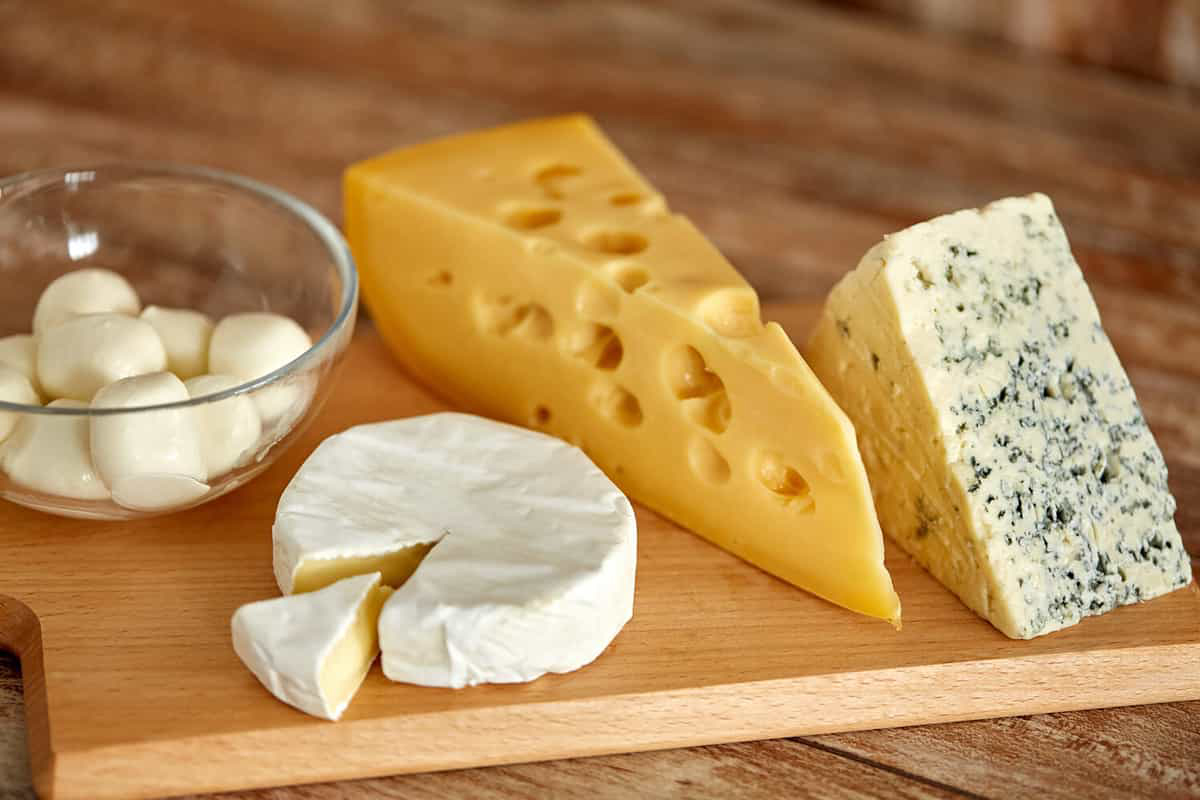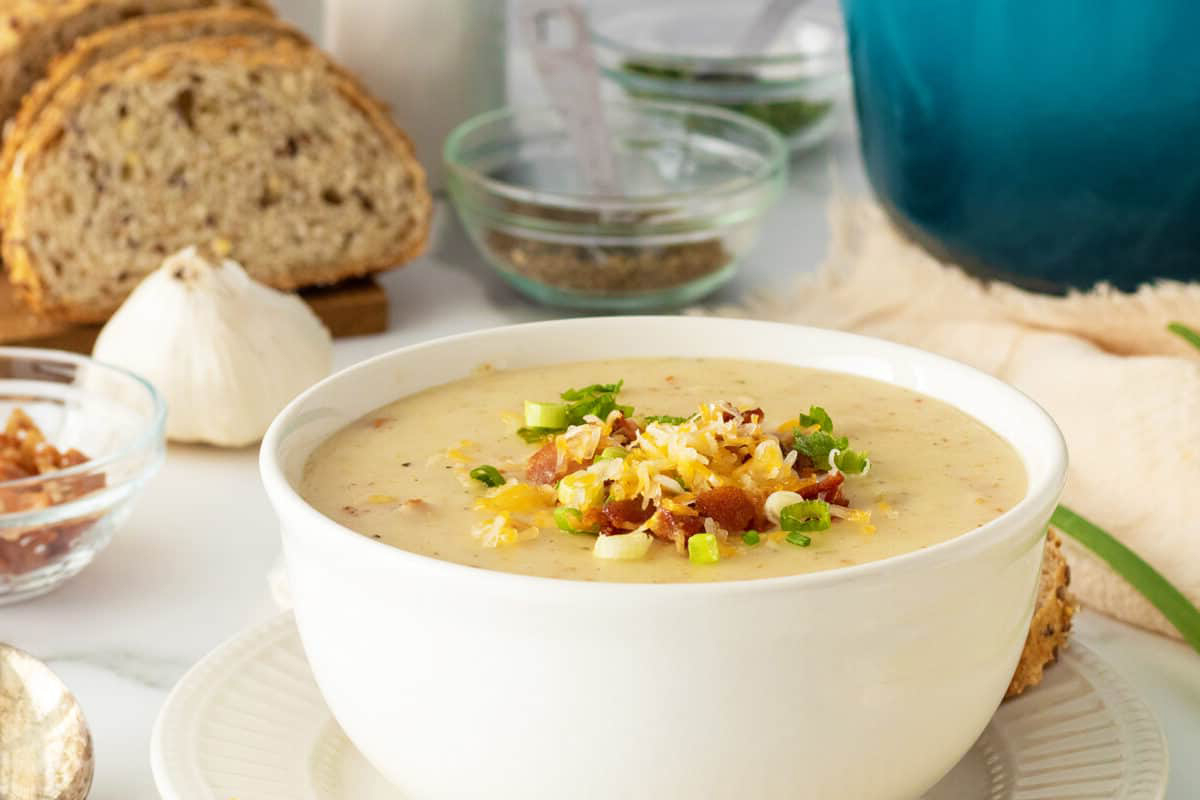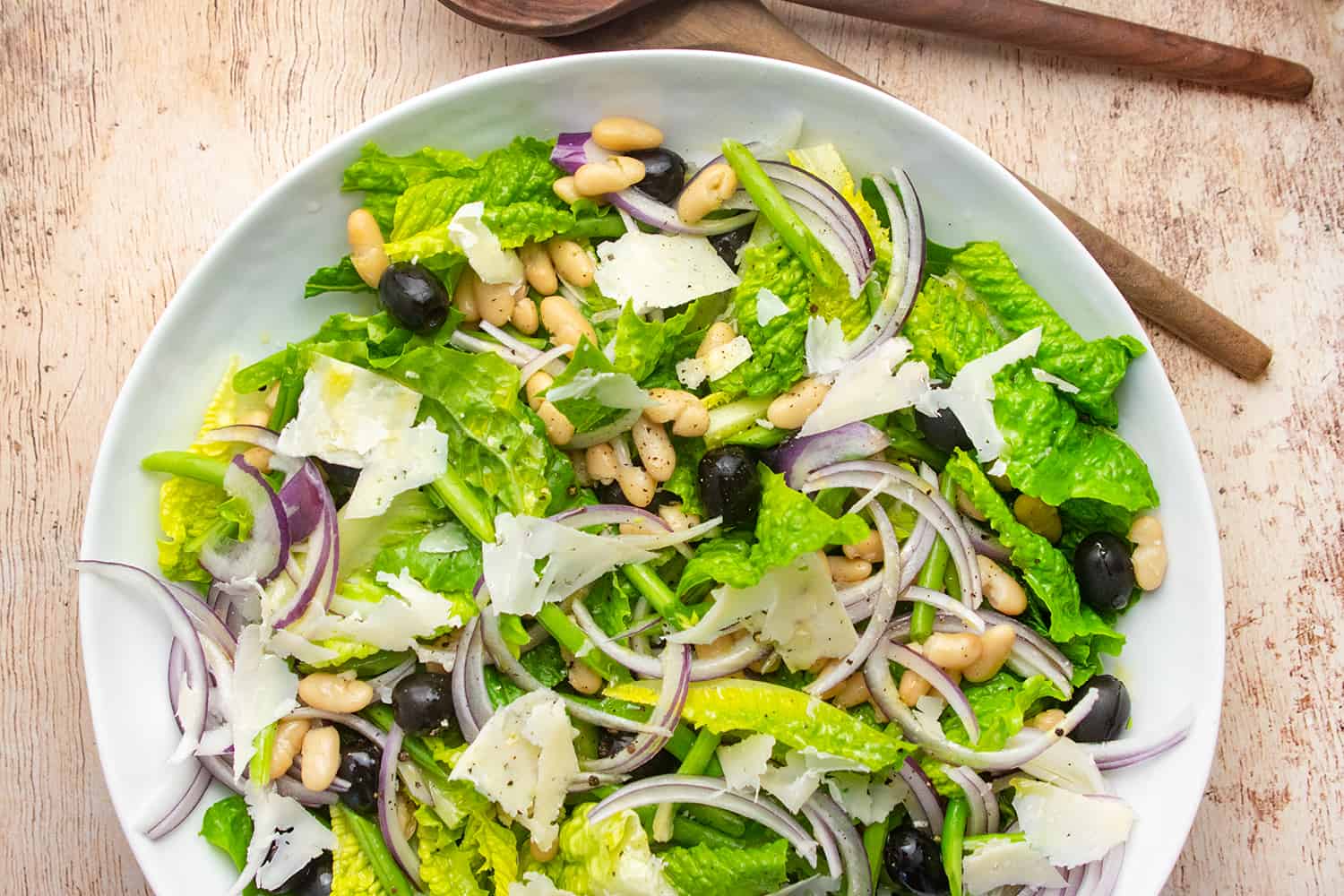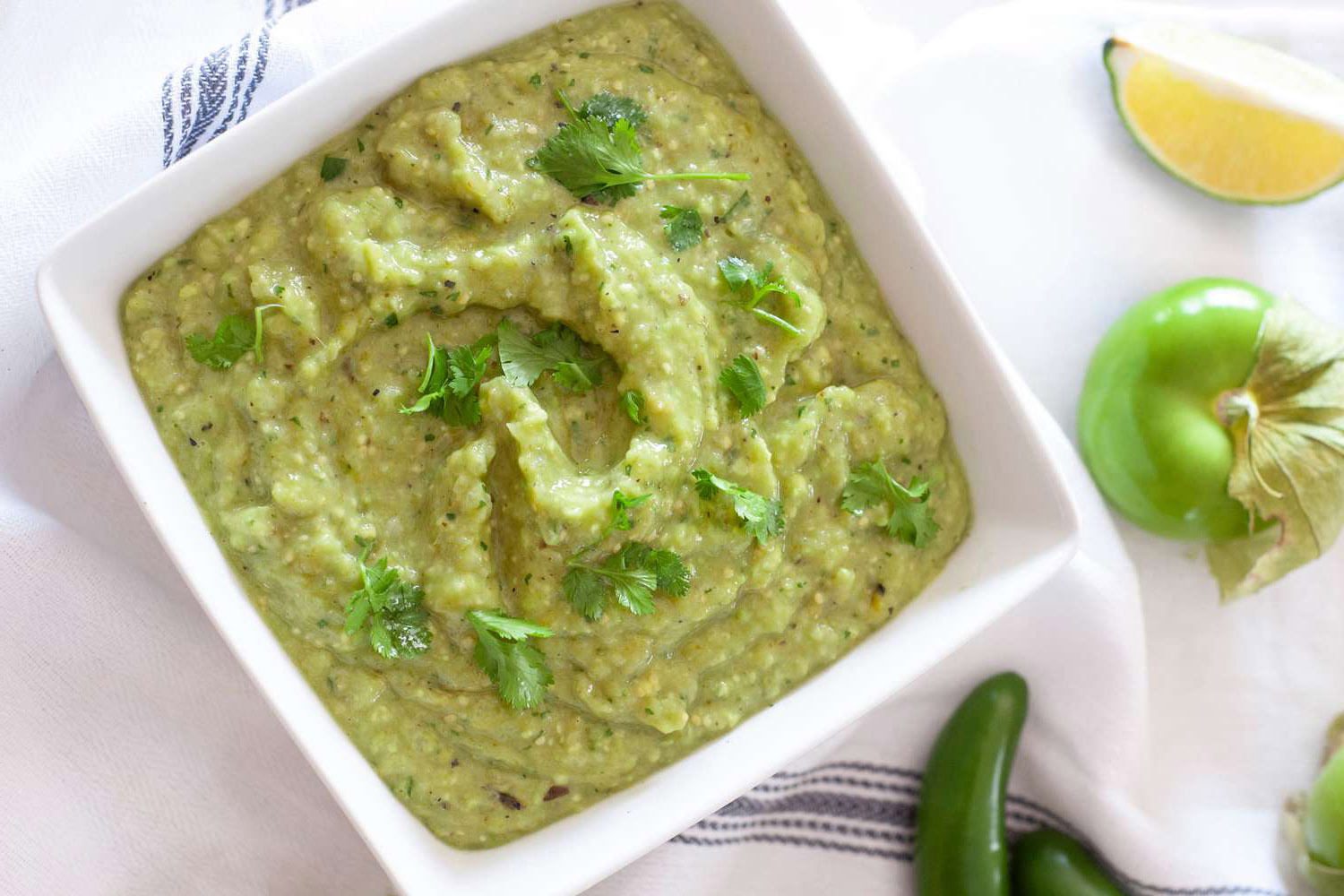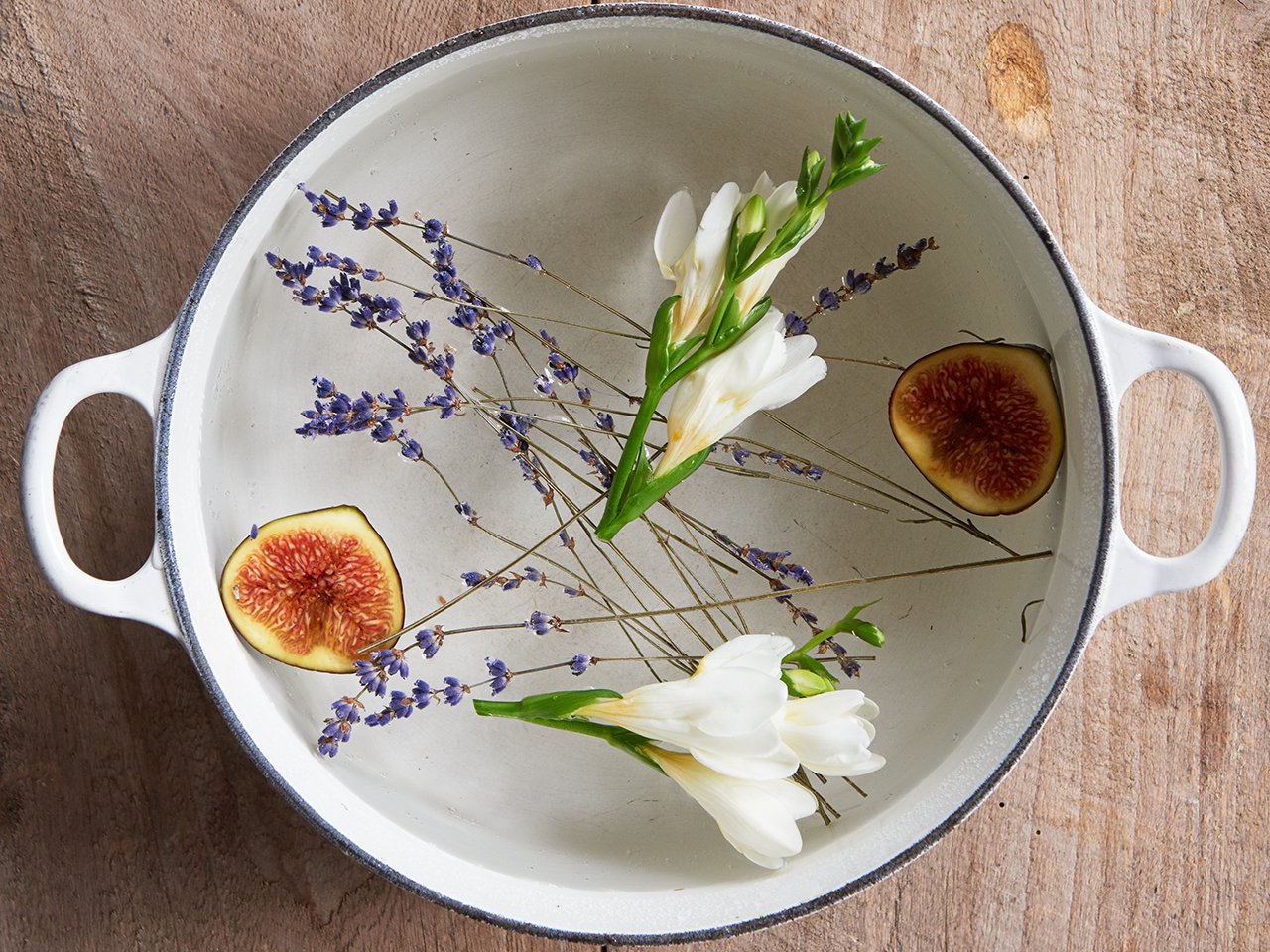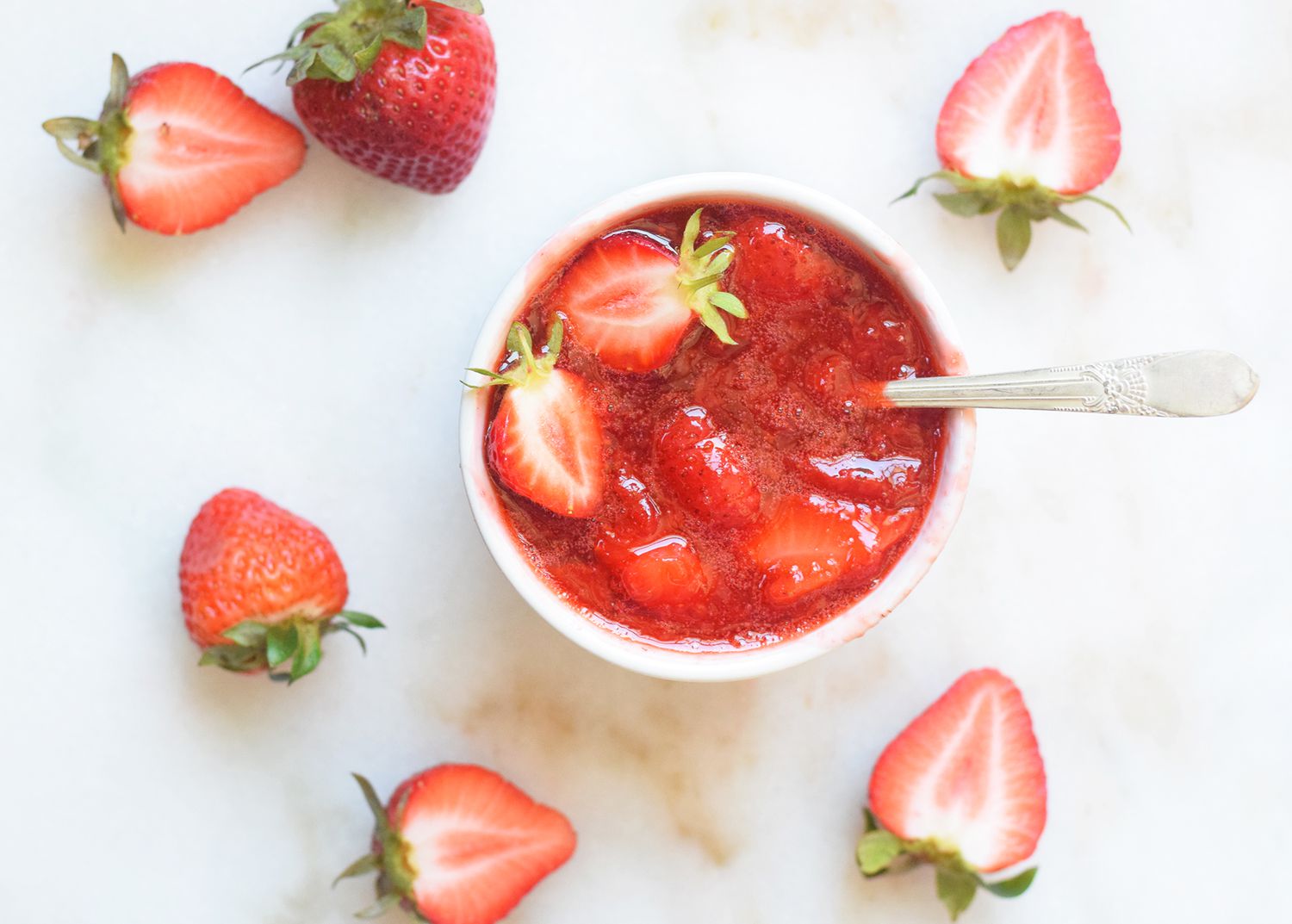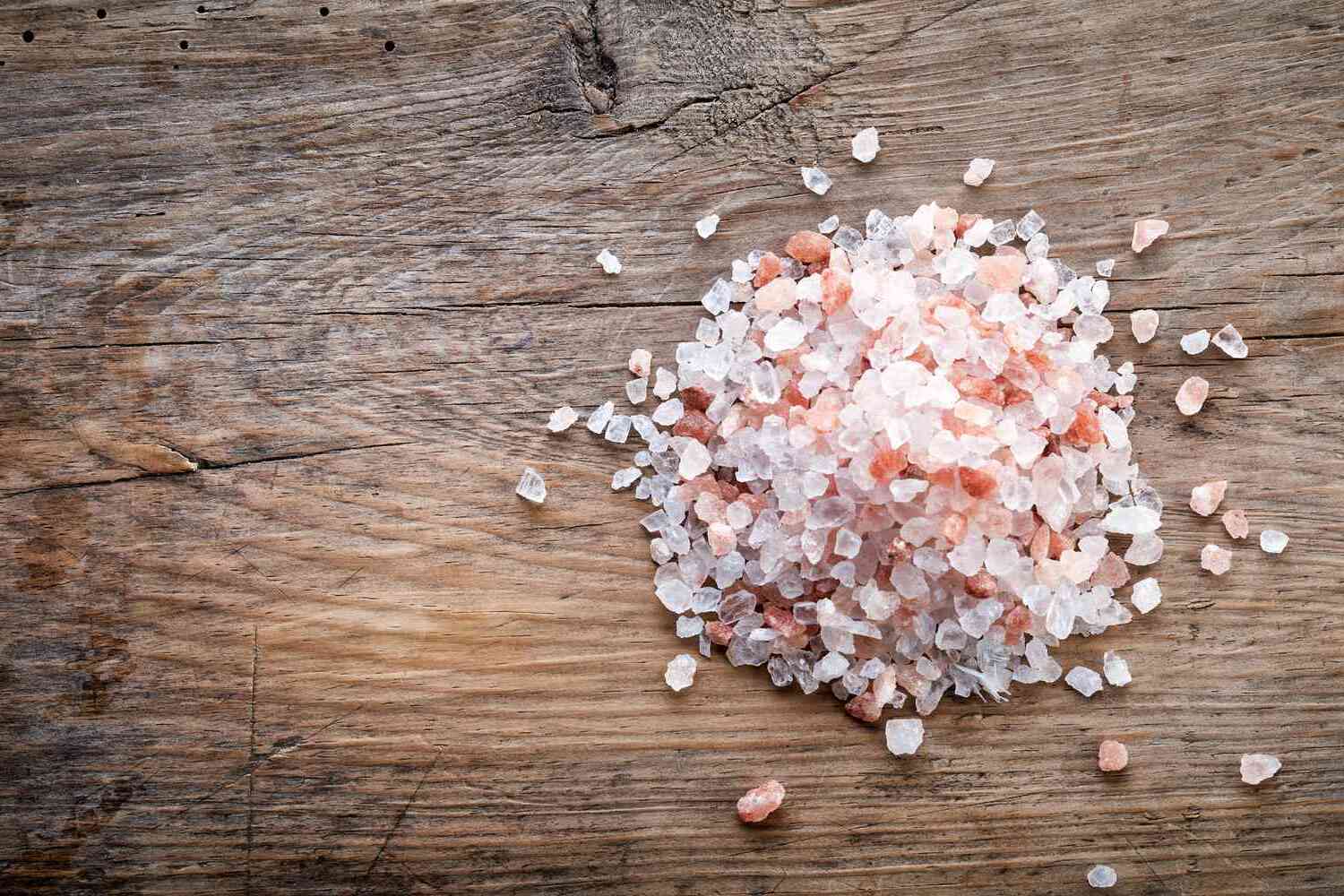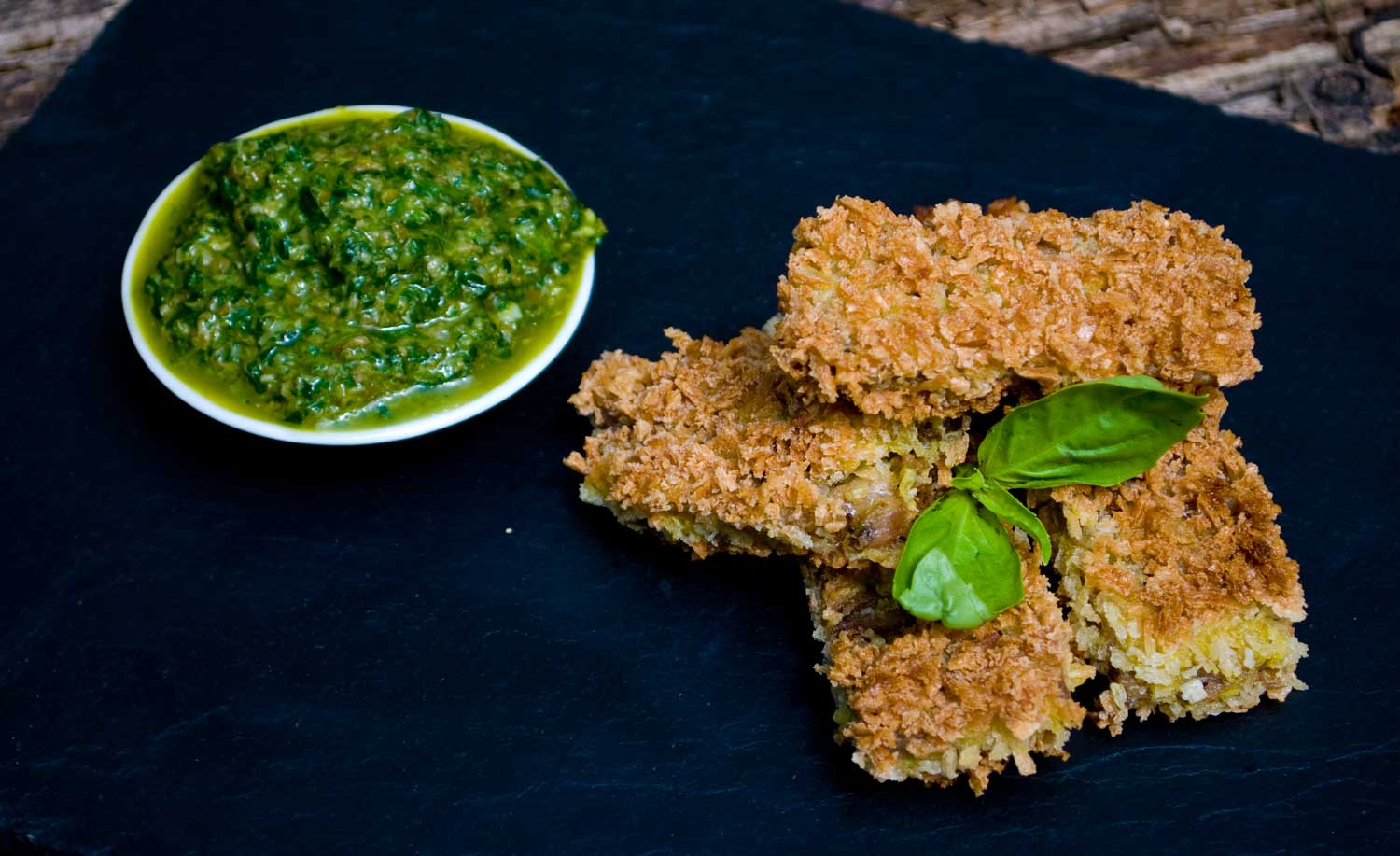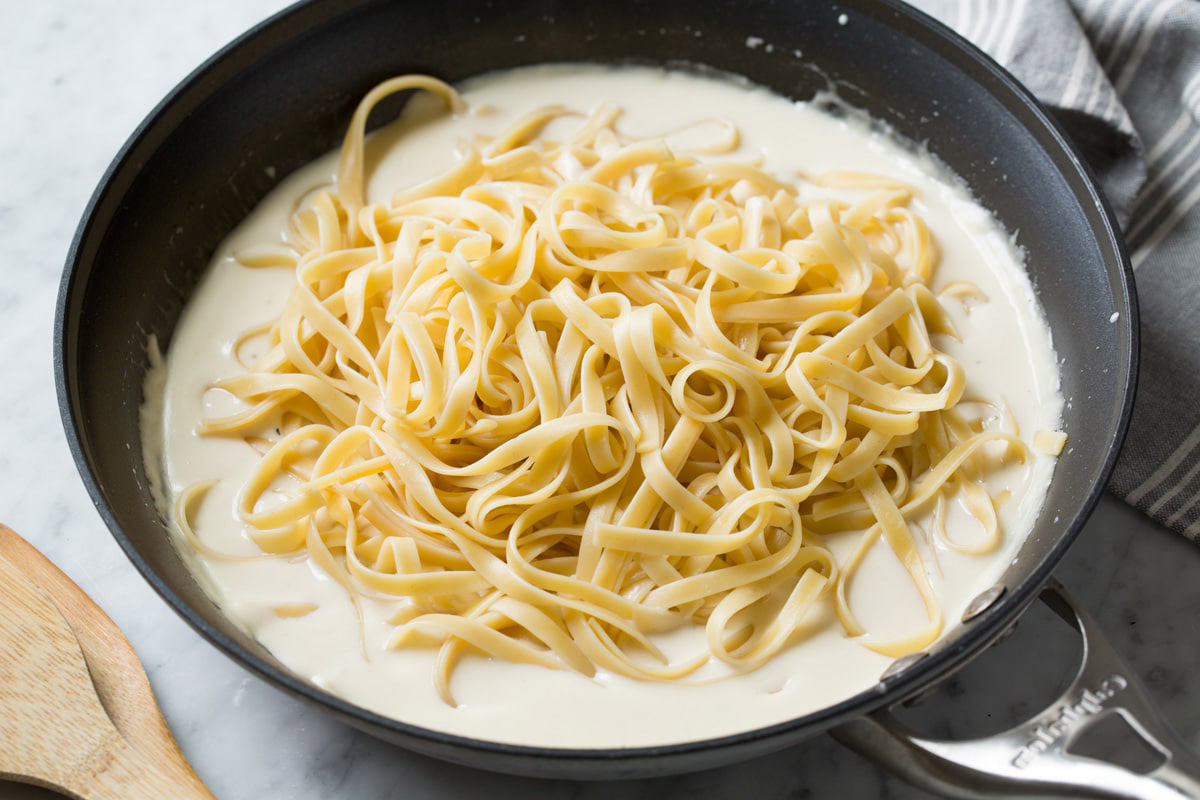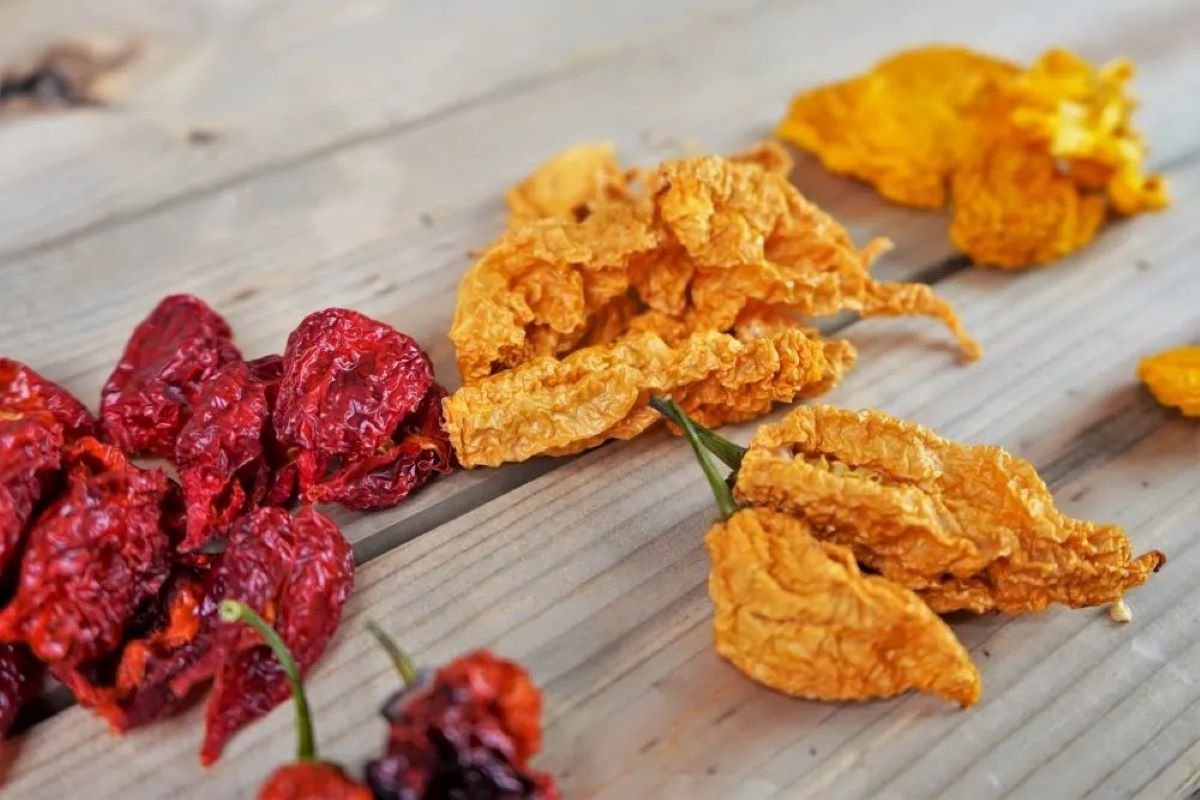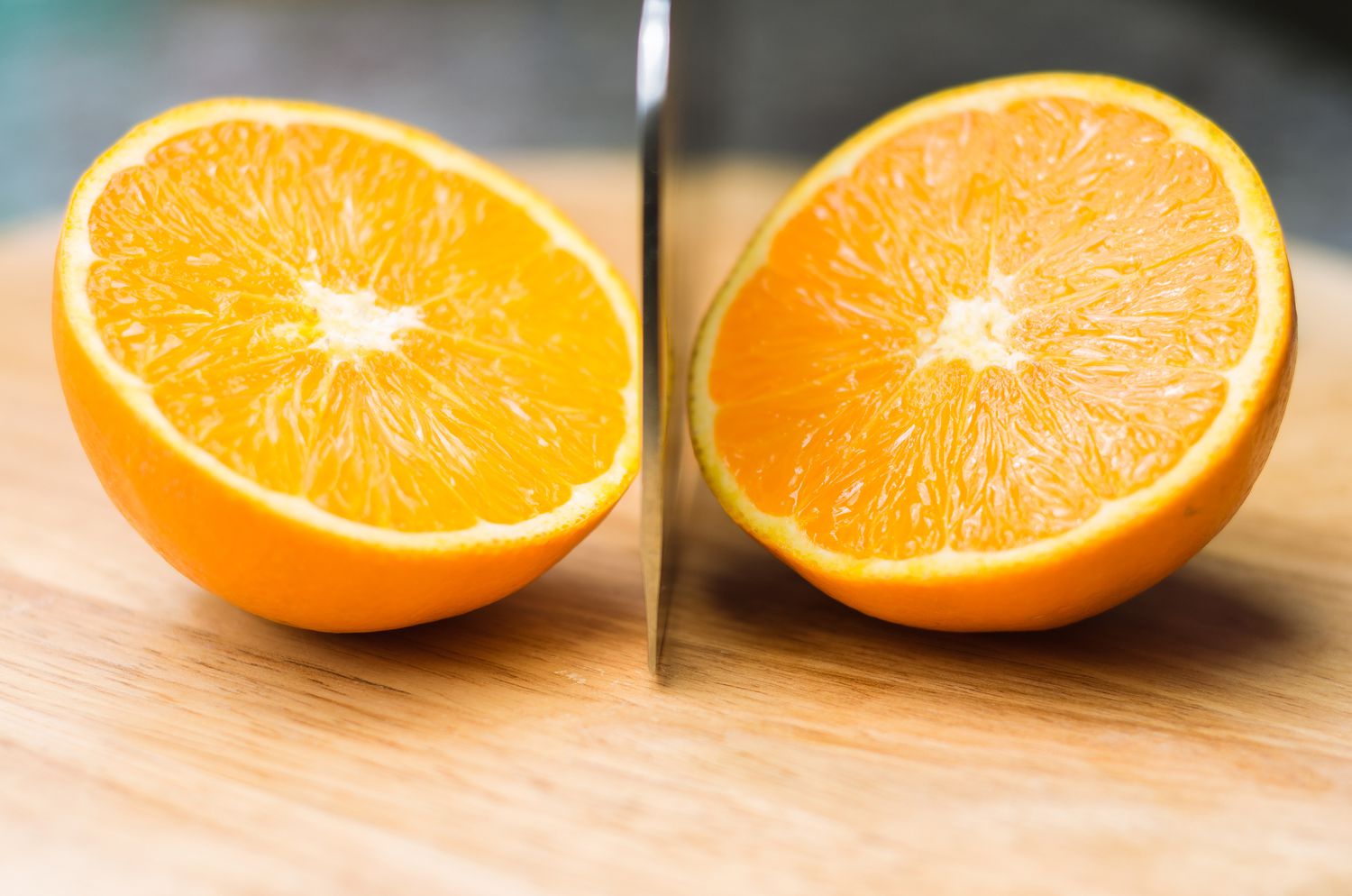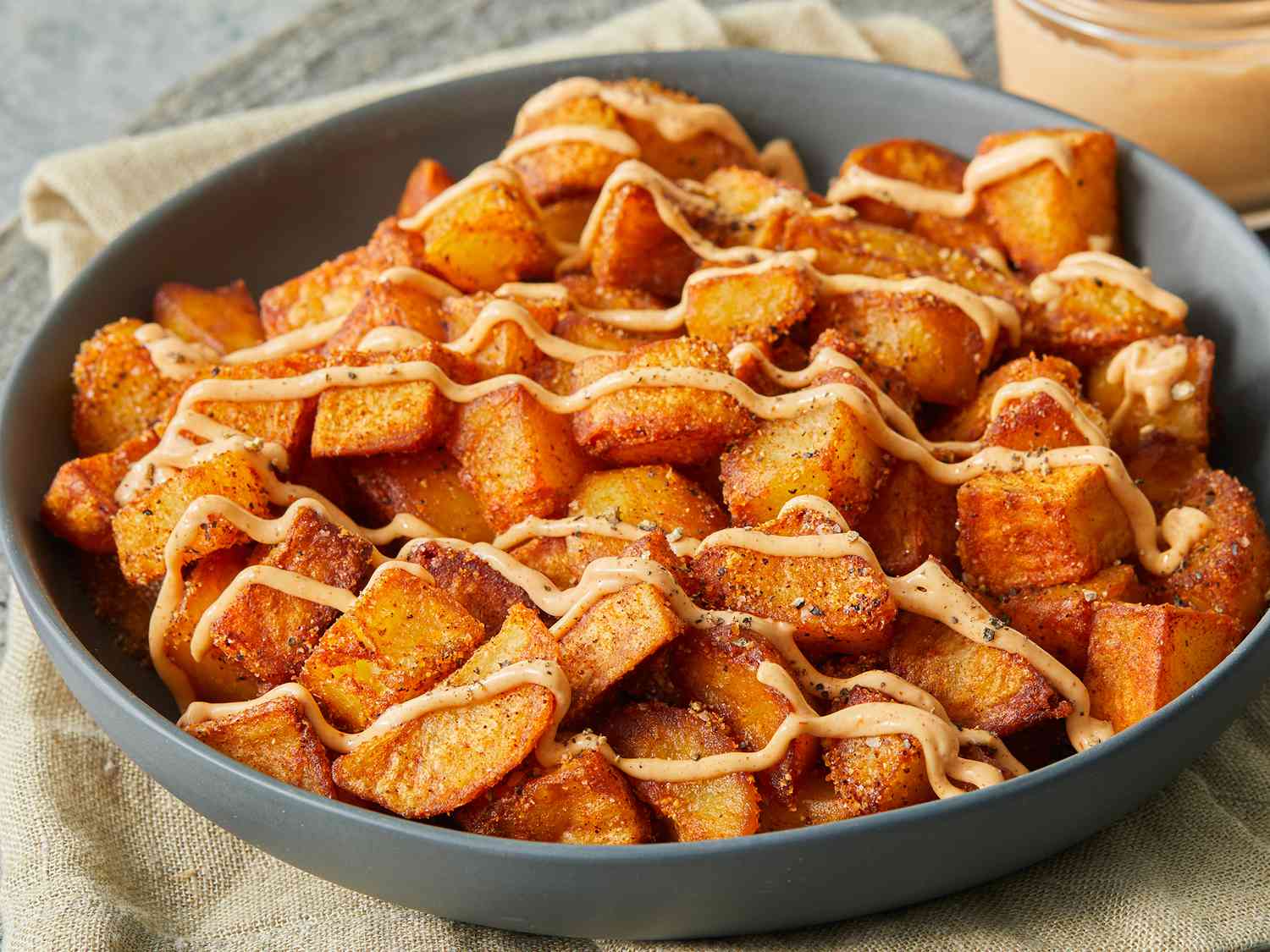Discovering the Delightful Tradition of Easter Bread
As Easter approaches, many cultures around the world celebrate this joyous holiday with a variety of traditions and customs. One such tradition involves the baking and sharing of a special type of bread known as Easter bread. This delectable treat holds a significant place in the hearts and homes of families, and its rich history and delicious flavors make it a beloved part of the Easter festivities.
The Origins of Easter Bread
Easter bread has a long and storied history, with its origins dating back to ancient times. The tradition of baking bread to celebrate the arrival of spring and the Easter holiday can be traced to various cultures, including Greek, Italian, and Eastern European. Each culture has its own unique recipe and method for preparing Easter bread, but the common thread that ties them together is the symbolism and significance of this special bread during the Easter season.
Symbolism and Significance
Easter bread is rich in symbolism, with many of its ingredients and decorative elements carrying deep meaning. The bread itself often represents renewal and rebirth, reflecting the themes of Easter and the arrival of spring. In some cultures, Easter bread is adorned with colorful dyed eggs, which symbolize new life and the resurrection. The act of sharing Easter bread with loved ones also embodies the spirit of togetherness and generosity that is central to the Easter holiday.
Recipes and Variations
There are countless variations of Easter bread, each with its own unique blend of flavors and textures. From the sweet, citrus-infused loaves of Italian panettone to the rich, spiced breads of Eastern Europe, Easter bread comes in a delightful array of styles. Some recipes call for the addition of dried fruits, nuts, or aromatic spices, while others incorporate ingredients like honey, butter, or even cheese to create a rich and indulgent treat.
Regardless of the specific recipe, the process of making Easter bread is often a labor of love, with families coming together to knead the dough, shape the loaves, and decorate them with intricate designs. The act of baking Easter bread is a cherished tradition that is passed down through generations, with each family adding its own unique touch to the recipe.
Celebrating with Easter Bread
During the Easter season, the aroma of freshly baked Easter bread fills homes and bakeries, signaling the arrival of this beloved holiday. Families gather around the table to share slices of Easter bread, often accompanied by other traditional foods and treats. In some cultures, it is customary to exchange loaves of Easter bread with friends and neighbors as a gesture of goodwill and friendship.
Whether enjoyed as a breakfast treat, a dessert, or a snack, Easter bread holds a special place in the hearts of those who celebrate the holiday. Its delicious flavors and symbolic significance make it a cherished tradition that brings joy and warmth to Easter gatherings.
In Conclusion
As Easter approaches, the tradition of Easter bread serves as a reminder of the rich cultural heritage and the joyous spirit of the holiday. Whether you’re savoring a slice of sweet, fruit-studded bread or admiring the intricate designs of a braided loaf, Easter bread is a delightful symbol of the season’s renewal and the joy of coming together with loved ones.
So, as you prepare for Easter this year, consider adding the tradition of Easter bread to your celebrations. Whether you bake it yourself or purchase it from a local bakery, the experience of sharing this special bread with family and friends is sure to create lasting memories and add a touch of sweetness to your Easter festivities.
Was this page helpful?
Read Next: What Is Fougasse
